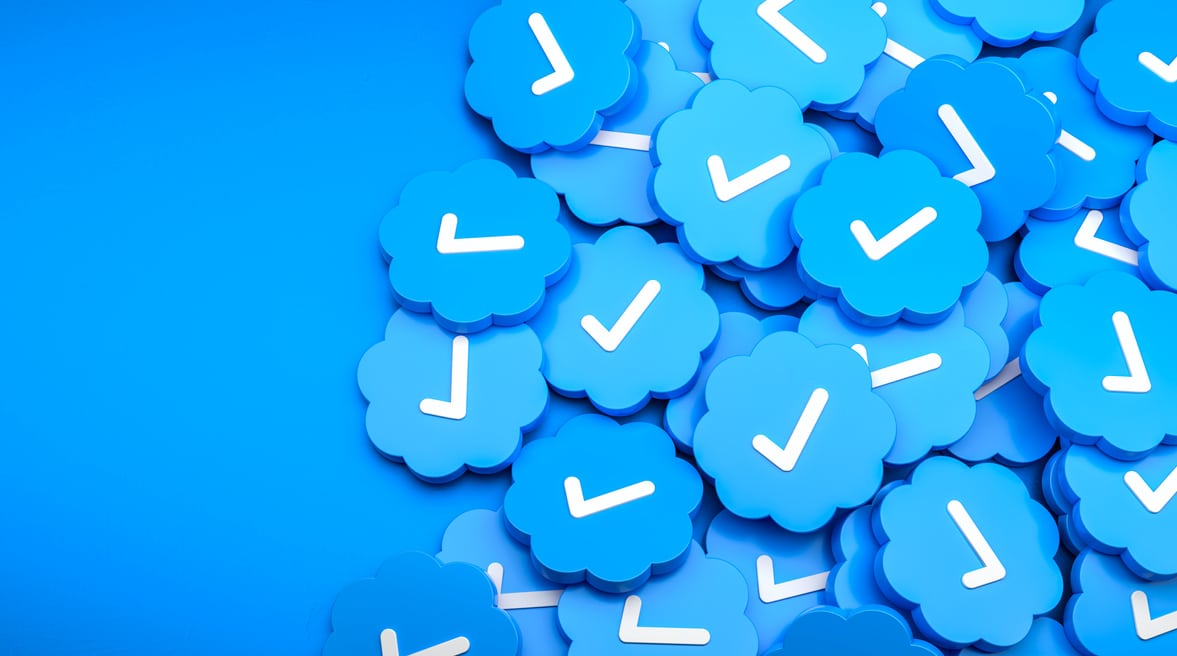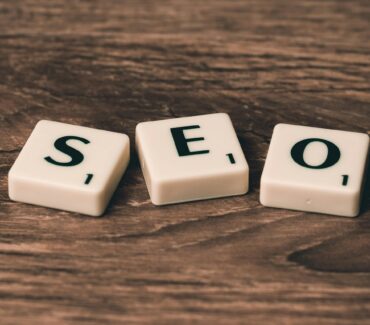Words: Belinda Connolly
Once the domain of celebrities and large companies, verification on social media platforms is now readily available for businesses regardless of their size or reach. Previously brands or official accounts had to meet certain criteria before applying for verification. Now, anyone with an account and adequate monthly budget can pay to have their account verified.
So, is it worth applying for that coveted verification tick? (And is it even a coveted thing anymore?). This piece breaksd down the pros and cons – but first, a recap on the paid verification updates.
Paid verification – what's changed?
Twitter Blue is the verification/subscription premium offering for Twitter, priced at up to $19 per month in Australia. It has a range of features that regular Twitter users have been requesting for years, such as an ability to edit Tweets and retract Tweets before intended recipient sees it, as well as features that seem to contradict the idea of a concise messaging service (is anyone reading a 4000-character Tweet?). In recent updates, the company announced the launch of encrypted DMs behind a paywall for Twitter Blue users.
Latest figures reveal an estimated 300,000 of Twitter’s 353.9 million global users are verified, showing that mass uptake of paid verification is still in its infancy. But, have those accounts seen uptakes in all-important engagement and followers? Many haven’t reported dramatic improvements in those figures, and concerns have been raised that such easy verification application is a way for scammers to gain legitimacy (though blockchain tech implementation could help eliminate that issue!). It could also simply be that verification exists solely as a branding exercise and doesn’t affect the changes to Twitter’s algorithm, which boosts Tweets with likes by up to 30%, and doubles the reach of Tweets featuring visual media.
Meta verification is a paid subscription service for Facebook and Instagram accounts that’s available in Australia, New Zealand and America for people over the age of 18. In Meta’s own words verification “is not yet available in all places or for businesses.” In other words – at this stage Meta verification is only available for people, not brands or businesses.
Meta touts their paid verification as “a variety of features [to] securely establish your account’s authenticity” with features including stickers on Facebook, Instagram Stories and Facebook Reels, and 100 Stars a month on Facebook to send to other creators. Other highlights include protection from impersonation with proactive account monitoring, required two-factor authentication for account security, and direct account support.
While not strictly a verification service, SnapChat+ has amassed more than two million subscribers to its paid monthly service since launching in June 2022. Snapchat+ offers “a collection of exclusive, experimental, and pre-release features” for $US3.99 per month in countries including Australia, America, England and France.
Regardless of the social media platform, it seems companies are responding to consumer demand by marching forward with paid services on what have always been free services.
To pay or not to pay, that is the question
On the fence about investing in paid verification services? Here’s some reasons why it could work for you:
- Trust and credibility: Paid verification provides an immediate sense of trust and legitimacy to your potential clients and highlights your commitment to security and authenticity.
- Enhanced visibility: Verified businesses tend to get prioritised – depending on the channel, of course, making your brand more visible and leading to more traffic and potential conversions.
- Customer confidence: Customers feel more comfortable dealing with verified businesses.
- Reduced fraud: Paid verification systems often include fraud detection mechanisms, reducing the risk of financial losses and brand damage.
- Improved conversion rates: When customers trust your business, they’re more likely to complete an action.
- Competitive advantage: Being verified can set you apart in a crowded marketplace and signals your professionalism.
Another point to bear in mind is consistency – as verification badges are consistent across different platforms, it creates a sense of familiarity and trust with customers. It could make sense to purchase verification across every service your brand is active on, so your customers feel a sense of recognition and trust.
With 4.74 billion active social media users around the world it can make sense to do anything to stand out, including paying for verification. Ultimately, only you can decide whether to go down the paid verification path, or continue to use socials in a way that works best for you. It is worth remembering that Meta isn’t offering paid verification to businesses just yet, so unless you are a sole trader or active on Twitter, planning a paid verification strategy could be tricky.




